What is a High Energy Density Battery?
High energy density batteries are at the forefront of modern energy storage solutions, playing a crucial role in powering everything from electric vehicles and drones to portable electronics. These batteries are defined by their ability to store large amounts of energy in a compact, lightweight form, making them ideal for applications where space and weight are limited. In this article, we explore what makes a battery high-energy, identify the current leaders in the field, and discuss the science behind their high performance, focusing on the materials and technologies that enable such impressive energy storage capabilities.
What is a High Energy Density Battery?
A high energy density battery refers to a battery that can store a large amount of energy relative to its weight (gravimetric energy density) or volume (volumetric energy density). In simpler terms, high energy density batteries are capable of delivering more power for longer periods or storing more energy in a smaller or lighter package. This is particularly important in applications like electric vehicles (EVs), drones, and portable electronics, where maximizing energy storage and minimizing size and weight are crucial.
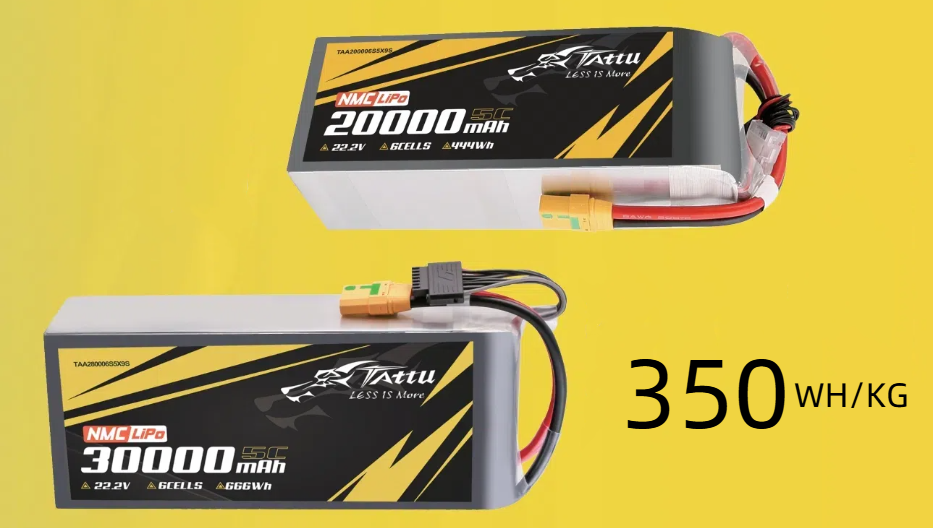
Which Battery Has the Best Energy Density?
Currently, the battery with the highest energy density is the lithium-metal battery (especially in the form of solid-state lithium-ion or lithium-sulfur (Li-S) batteries). These are still in the research and development phase, with commercial viability still being explored, but they are showing significant potential.
Among Commercialized Batteries, Lithium-ion (Li-ion) Batteries are the current standard and offer high energy densities compared to other commercial options. The Nickel Cobalt Manganese (NCM) and Nickel Cobalt Aluminum (NCA) chemistries within lithium-ion batteries are particularly known for high energy densities. The Energy density can be up to 250–300 Wh/kg for the best Li-ion variants.
The Highest Energy Density Commercial Battery is Solid-State Lithium-Ion Batteries, which are expected to exceed the energy density of conventional lithium-ion by about 50%–100% (up to 500 Wh/kg), due to the use of lithium metal anodes and solid electrolytes.
Why Does Lithium-ion Batteries Have High Energy Density?
Lithium-ion batteries work through the movement of lithium ions (Li⁺) between the anode and cathode during charging and discharging. This ion movement, along with the flow of electrons, generates and stores electrical energy. When charging the battery, Lithium ions are extracted from the anode material (often graphite) and move through the electrolyte to the cathode. These ions are inserted into the cathode material (like lithium cobalt oxide, LCO) storing energy. Simultaneously, electrons flow through the external circuit to the anode. When discharging the battery, Lithium ions move from the cathode back to the anode through the electrolyte. This movement of ions generates an electric current that powers devices.
Based on the working principle of lithium-ion batteries, we can see that their high energy density primarily comes from the unique properties of lithium ions themselves, the high-capacity anode and cathode materials, and the highly efficient electrolyte materials that facilitate ion transport.
High Specific Energy of Lithium
Lithium is the lightest metal, and its small atomic size allows it to store more energy per unit of mass (high gravimetric energy density). This means that lithium-based batteries can store more energy with less weight compared to other metals used in other battery types, such as lead in lead-acid batteries or zinc in alkaline batteries.
High-Capacity Electrode Materials
The cathode and anode materials used in Li-ion batteries are optimized to maximize the number of lithium ions that can be stored without compromising the battery's cycle life or safety.
Graphite is the most common anode material, and it can store lithium ions effectively. Silicon-based anodes offer even higher capacities than graphite, but they tend to suffer from volume expansion issues. For cathode, Lithium-ion batteries often employ high-capacity cathode materials like lithium cobalt oxide (LCO) and lithium nickel manganese cobalt oxide (NMC). These materials can store a significant amount of energy.
High Ionic Conductivity (Electrolyte)
Electrolytes with high ionic conductivity facilitate the movement of ions between the anode and cathode, improving energy density.
Lithium-ion batteries typically use liquid electrolytes that facilitate the rapid movement of lithium ions between the electrodes. This efficient ion transport minimizes energy loss during charging and discharging.The solid electrolyte used in Li-ion batteries is more efficient than the liquid electrolytes used in many other battery types, allowing for a higher density of energy storage in a given volume (volumetric energy density).
How to improve the energy density of Lithium-ion batteries?
Improving the energy density of lithium-ion (Li-ion) batteries is a key area of research, as it directly impacts the battery's performance in terms of capacity, runtime, and size. The energy density of a Li-ion battery is primarily determined by the materials used in the cathode, anode, and electrolyte. Below are the strategies for improving energy density from each of these perspectives:
1. Cathode Improvement
The cathode material plays a critical role in determining the overall capacity of a lithium-ion battery. The energy density of the cathode depends on the material's ability to store and release lithium ions efficiently.
●High-Nickel Cathodes: Increasing the nickel content in layered oxide cathodes (NMC, NCA) significantly boosts energy density, as nickel can store more lithium ions than cobalt.
●NMC: These are a popular choice due to their balance of energy density, cost, and safety. Further optimization of their composition and structure can lead to improvements. Higher nickel content (e.g., NCM 811, which has 80% nickel) improves the energy density.
2. Anode Improvement
The anode material is equally important in determining the battery’s energy storage capabilities. Traditionally, graphite is used as an anode material, but there are several ways to improve the anode to increase energy density.
●Silicon-based Anodes: Silicon has a much higher theoretical capacity than graphite (around 4,200 mAh/g compared to graphite's 372 mAh/g), which means that silicon can store significantly more lithium ions. Silicon anodes are prone to volume expansion and mechanical degradation during cycling, which can lower the battery's cycle life. Strategies to overcome this include using silicon-carbon composites, nano-structured silicon, or silicon oxide to mitigate expansion issues.
●Lithium Metal Anodes: Lithium metal anodes offer even higher theoretical capacities than silicon (about 3,860 mAh/g), but dendrite formation during cycling leads to safety risks and short cycle life. Solid-state electrolytes and advanced surface coatings are potential solutions.
3. Electrolyte Improvement
The electrolyte in a lithium-ion battery facilitates the flow of lithium ions between the anode and cathode. Its composition can influence the energy density, stability, and safety of the battery.
●Solid-State Electrolytes: Solid-state electrolytes (such as ceramic or sulfide-based electrolytes) can replace the liquid electrolyte. They offer high ionic conductivity, improved safety (no flammability), and the possibility of using lithium metal anodes, leading to higher energy densities.
●Ionic Liquids and Polymer Electrolytes: Ionic liquids are non-flammable, high-temperature electrolytes that can help increase the safety and stability of the battery while potentially enabling higher energy densities. Polymer electrolytes are flexible and can be tailored for solid-state applications, contributing to increased safety and possibly improving volumetric energy density.
As the demand for more efficient and longer-lasting energy sources continues to rise, the development of high energy density batteries remains a critical area of innovation. From advancements in cathode and anode materials to the potential of solid-state electrolytes, researchers are pushing the boundaries of what's possible to improve battery performance. Grepow's high energy density semi-solid-state battery uses advanced High-Nickel NMC cathode materials, silicon-carbon anode materials, and coated diaphragm technology, with a maximum energy density of up to 350 Wh/kg. This makes it an excellent choice for applications requiring lightweight and high-performance power sources, such as drones, humanoid robots, and consumer electronics where weight is a critical factor. If you have any questions or needs, please feel free to contact us at info@grepow.com.
Related Articles:
What Is a Semi-Solid State Battery?
Semi-Solid State Battery vs. Lithium-Ion Battery: What's the Difference?
Grepow Unveils Revolutionary Semi-Solid State Battery: Powering the Future of Commercial Drones
Introducing the Tattu Neo Series: Next-Gen Semi-Solid State Smart Batteries for Industrial Drones
Related Articles
-

How to Choose Battery for a Washing Drone?
2025-07-08 -

The Evolution and Challenges of Low-Altitude Economy
2025-07-01 -
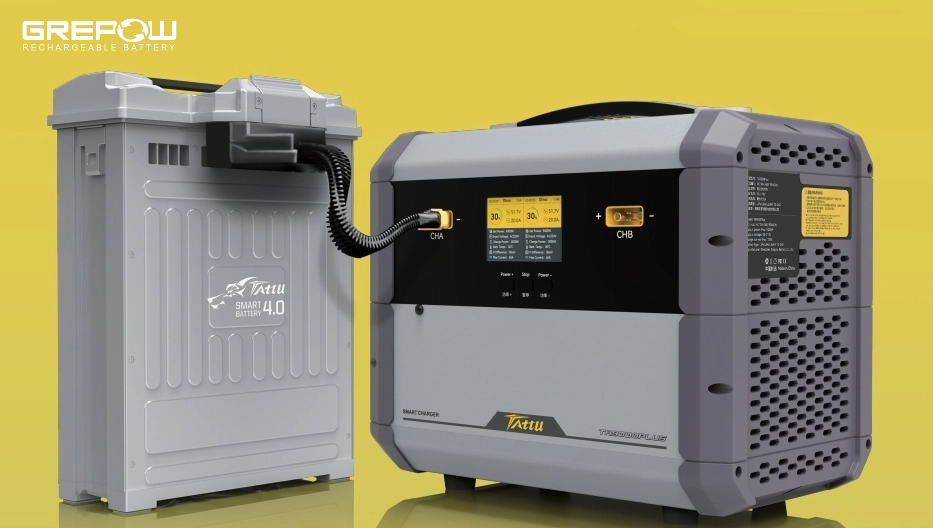
Drone Batteries: A Comprehensive Guide
2025-06-23
Related products
-
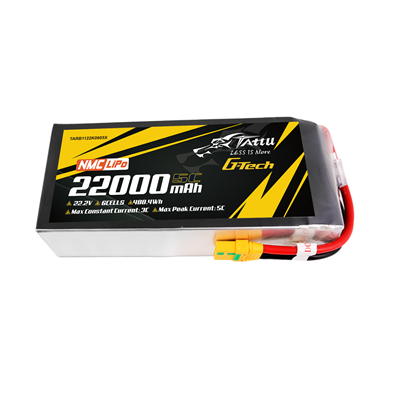
22000mAh 22.2V 6S Semi-Solid State Battery Pack with G-Tech
-
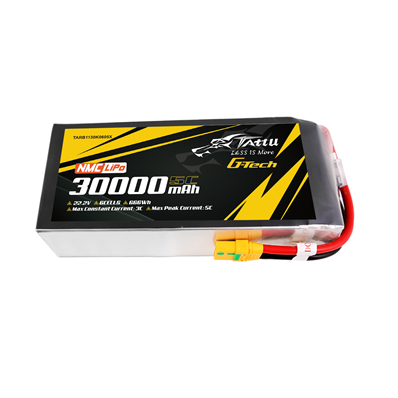
30000mAh 22.2V 6S Semi-Solid State Battery Pack with G-Tech
-
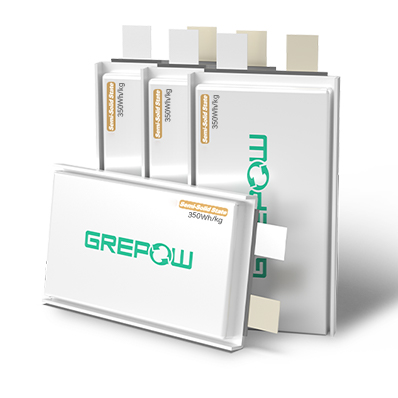
5C High Energy Density Semi-Solid State Battery
















































